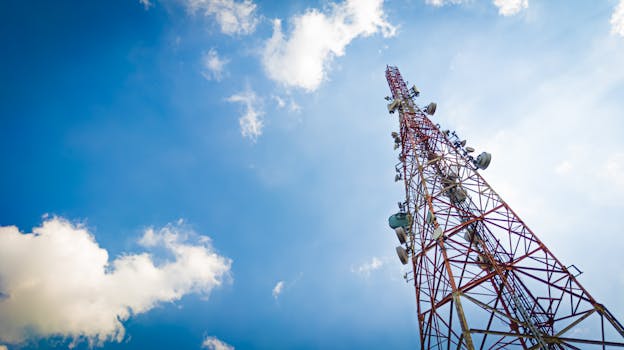
GEO Satellites: Understanding the Importance of Geostationary Orbit
GEO satellites, or geostationary orbit satellites, are a type of satellite that orbits the Earth at an altitude of approximately 36,000 kilometers above the equator. At this height, the satellite’s orbital period matches the Earth’s rotational period, allowing it to remain stationary relative to a fixed point on the Earth’s surface. This unique characteristic makes GEO satellites ideal for a variety of applications, including telecommunications, weather forecasting, and navigation.
The concept of geostationary orbit was first proposed by science fiction writer Arthur C. Clarke in 1945, and the first GEO satellite, Syncom 2, was launched in 1963. Since then, hundreds of GEO satellites have been launched, providing a wide range of services to people around the world. One of the primary advantages of GEO satellites is their ability to provide wide coverage and high-gain antennas, making them suitable for reliable data transmission over long distances.
Applications of GEO Satellites
GEO satellites have a wide range of applications, including telecommunications, broadcasting, weather forecasting, and navigation. In the field of telecommunications, GEO satellites are used to provide internet connectivity, voice communications, and data transmission services to remote and underserved areas. They are also used to broadcast television channels, radio stations, and other media content to a wide audience.
In addition to telecommunications, GEO satellites are also used for weather forecasting and navigation. Geostationary weather satellites, such as the Geostationary Operational Environmental Satellite (GOES), provide high-resolution images of the Earth’s weather patterns, allowing meteorologists to predict weather conditions and issue warnings for severe weather events. Navigation satellites, such as the Wide Area Augmentation System (WAAS), use GEO satellites to provide corrections to GPS signals, allowing for more accurate navigation and positioning.
Advantages and Disadvantages of GEO Satellites
GEO satellites have several advantages, including their ability to provide wide coverage and high-gain antennas, making them suitable for reliable data transmission over long distances. They also have a long lifespan, with some GEO satellites operating for over 15 years. However, GEO satellites also have some disadvantages, including their high launch costs and limited maneuverability.
One of the main challenges facing GEO satellites is the increasing amount of space debris in geostationary orbit. As more satellites are launched into this orbit, the risk of collisions and interference increases, which can have serious consequences for the operation of GEO satellites. To mitigate this risk, satellite operators and regulatory agencies are working together to implement guidelines and regulations for the responsible management of space debris in geostationary orbit.
Future of GEO Satellites
Despite the challenges facing GEO satellites, they are expected to continue playing a critical role in modern telecommunications and other applications. The development of new technologies, such as high-throughput satellites and advanced propulsion systems, is expected to improve the performance and efficiency of GEO satellites. Additionally, the increasing demand for satellite-based services, such as broadband internet and mobile communications, is driving the growth of the GEO satellite market.
In conclusion, GEO satellites are an essential part of modern telecommunications and other applications, providing wide coverage and high-gain antennas for reliable data transmission. While they have some disadvantages, including high launch costs and limited maneuverability, their advantages make them a crucial component of many industries. As the demand for satellite-based services continues to grow, the importance of GEO satellites will only continue to increase.



